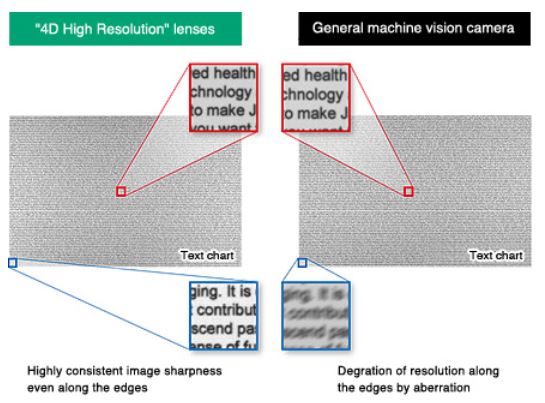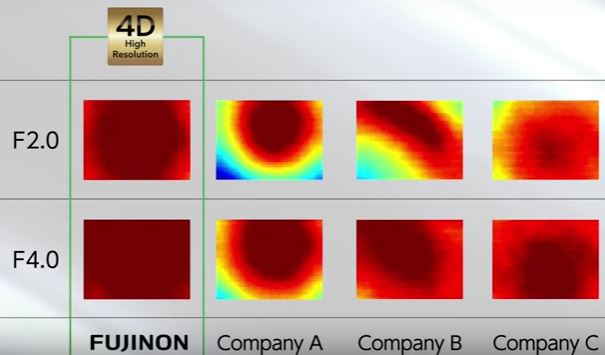
A 3D Profile sensor (aka camera) relies on 3D Laser Triangulation techniques that have been around for a long time, but until now were expensive. 3D Laser triangulation a decade ago consisted of using separate components in complicated setups using lasers, lighting, optics and algorithms to capture 3D information. Today, this has become simplified into a single package. Teledyne Dalsa Z-Trak profile sensor puts the optics, lasers and cameras into a single package with comprehensive free software.
How does the Z-Trak Profile sensor capture 3D information?
As shown in the image below, a laser stripe is projected on the object and imaged on an image sensor. This gives the position of the laser stripe and provides lateral information and depth giving X and Z axis data. By moving the object in the Y-Scan direction the Y-axis data point is provided then giving full X, Y & Z dimensional information.


What applications do 3D laser triangulation solve?
Z-Trak laser profile cameras are GigE Vision compliant permitting it to be used with any image processing software that supports 16 bit acquisition using the GigE Vision protocol. Using 3rd party and open platform software development packages such as Dalsa Sapera Processing 3D, Sherlock 8 3D, Stemmer CVB, GeniCAM tools and MvTec Halcon many applications can be solved.
A partial list of applications is as follows:

Teledyne Dalsa provides free software packages consisting of Sapera Processing with run time licenses and Sherlock 3D. Easy to use demo programs are also included. A few examples using the Sapera source code are as follows:



Full specifications, Data sheets and manual for Teledyne Dalsa Z-Trak can be found HERE.
or request a Quote HERE

discuss camera options.
1st Vision’s sales engineers have over 100 years of combined experience to assist in your camera selection. With a large portfolio of lenses, cables, NIC card and industrial computers, we can provide a full vision solution!
Ph: 978-474-0044 / info@1stvision.com / www.1stvision.com



















